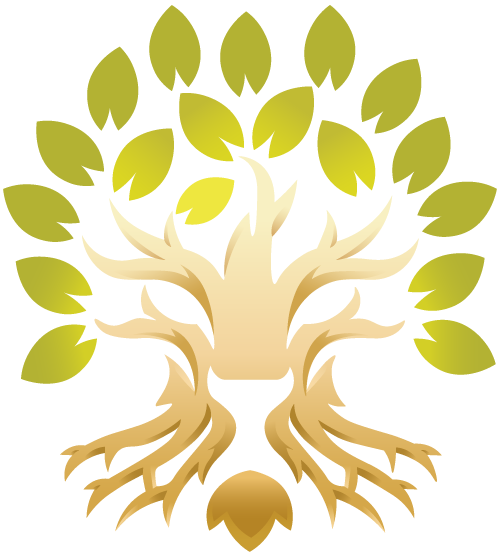Explore These 7 Tree Pruning Methods
Tree pruning is a practice undertaken to selectively and judiciously remove dead, decaying, loose, or diseased branches to promote new and healthy growth, increase fruit and flower production, improve their structure, and ensure their long-term welfare. Pruning is beneficial for trees and adds to the value and appearance of the property. It makes the trees more aesthetically pleasing, protects them from pests and animal infestations and diseases, and keeps the home and family safe from potential damage due to fallen branches.
Pruning is a crucial part of every tree maintenance program, and its correct execution at the right time is essential to ensure success. Pruning is a job best left to professionals as it is dangerous, and the homeowners can hurt themselves or the tree.
Here are seven tree pruning methods:
Crown thinning
Crown thinning is a type of pruning usually performed on overgrown trees to get rid of weak branches. It involves removing selective tree branches throughout the crown to improve air movement and light penetration. A tree service professional will thin the tree's canopy to reduce the density and allow wind and light to pass through them. Focus on pruning away branches running against or crossing each other. Avoid removing more than one-fourth of the tree foliage at once.
Crown raising
Crown raising is a pruning method where some limbs and branches are removed from the lower portion of the crown to offer adequate clearance for landscape features, pedestrians, parked vehicles, or entryway. Crown raising is a commonly used method to prune trees nearby houses and commercial properties. But, do not over-prune the low-hanging limbs and branches as it can compromise the trunk's integrity.
Crown reduction
The crown reduction method aims to skillfully reduce the length, height, or size of a tree canopy. The canopy is usually affected by the trees overgrowing the permitted space. After pruning, the trees look neat and inviting as it gets rid of overgrown branches from the unwanted areas, like traffic signs, lights, and other structures. However, it is not a suitable method for all trees, and only a professional with extensive knowledge of tree growth and proper pruning should perform the task.
Crown cleaning or deadwood pruning
Crown cleaning is a simple and straightforward tree pruning method. This method means removing broken, dead, diseased, and aesthetically displeasing branches from the canopy to prevent injury and property damage or stop further disease spread.
Crown restoration
Restoration is a pruning method for damaged or vandalized trees where branches are cut to help the tree eventually retrieve its original look. The process depends on the type of damage and the tree species.
Vista pruning
Vista pruning is the removal of branches to enhance the tree's appearance from a specified point. It may mean removing single or multiple branches or crown thinning based on the desired results.
Espalier pruning
Espalier involves pruning trees to let them grow against a framework, wall, or any flat structure. The trees or plants look attractive, with exposure to optimum sunlight and the ease of picking fruits or flowers. However, it is a time-consuming process requiring significant effort.
Do you need to prune your trees?
Pruning trees keeps the landscape attractive. These pruning methods can be used individually or in combination, depending on the desired results. Hire a local tree service professional to prune your trees and keep them in excellent shape and health while enhancing your landscape's beauty and safety.
Chuck’s Tree Service offers tree trimming and pruning, tree removal, tree care, and other services like crane services, storm damage tree removal, brush haul-off, land clearing and site development, and tractor services in Pasco, Hernando, and Pinellas Counties. Regular tree care can encourage vigorous growth, increase flower and fruit production, improve tree health, and more. Call us at 352-606-8289 today!

